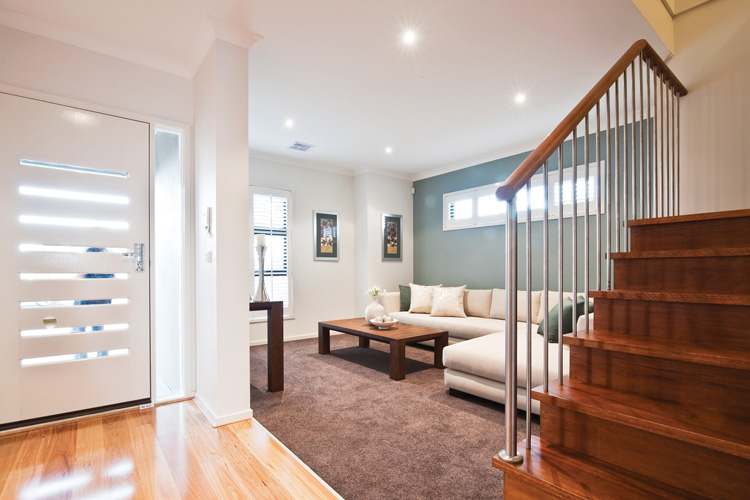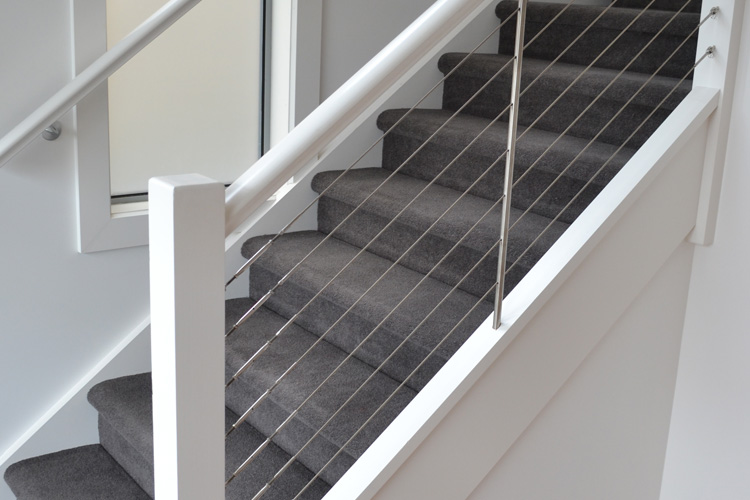Showroom visits are by Appointment Only

Blog
Creating A Staircase Design With Your Kids In Mind
If you have children (or are thinking about having them in the future), it is important that you consider their safety when creating a staircase design. Kids don’t think about things the way adults do – they don’t really consider, for example, that using the staircase improperly could lead to a serious injury. The good news is that you can tackle some of these things in the design as well as ensuring that your kids are educated on being safe.

Balustrades
In many cases, balustrades can actually encourage children to try and climb them or slide down them, which can lead to falls and serious injury. Materials that don’t look climbable (such as glass and metal) can be a solution. Large gaps between balusters can create entrapment hazards or lead to falls in the case of very small children. To counteract these issues, a solid balustrade (such as glass) or putting the balusters close together could be an idea.

Treads
In an open staircase design, gaps of more than 125mm between treads can also create an entrapment hazard or lead to falls in the case of very small children. Either the gaps either need to be smaller than this or you need to opt for a closed design. The material that your treads have been created from, such as polished timber, can also become slippery (particularly when wearing just socks). Opting to carpet the treads or use a temporary stair runner can avoid this.
.jpg)
Nosing
If the nosing protrudes too much over the tread below, you could find that it becomes a tripping hazard. As our kid’s feet are smaller than ours, what may not trip us up could very easily trip them. If you prefer the look of a pencil round or square nosing, it is important that it doesn’t exceed 30mm to eliminate the hazard.
At the end of the day, ensuring that your children are aware of how to properly use the stairs will go a long way towards ensuring their safety. If you are worried that your staircase design could still pose a hazard, however, you can ensure that your children cannot access it by installing restraint gates. These are placed at the top and/or bottom of the flight and feature locks that cannot be opened by little kids (and even some big ones).